The National Center for Earth and Space Science Education is both proud and excited to introduce the SSEP National Step 2 Review Board for the flight experiment opportunity on STS-134—the final flight of Space Shuttle Endeavour. Listed below are the 17 Board Members—scientists, engineers, and science educators from academia, federal agencies, national science education non-profits, and industry. On Monday and Tuesday November 22 and 23, 2010, the Board met at the Carnegie Institution of Washington to review 43 finalist proposals for student flight experiments submitted from across the network of 16 communities participating in the Student Spaceflight Experiments Program on STS-134.
For SSEP on STS-134, a total of 19,700 grade 5-14 students in the 16 participating communities were given the opportunity to design real experiments to fly aboard Shuttle Endeavour. There were a total of 447 proposals submitted by student teams, with 293 deemed appropriate for review by SSEP Step 1 Review Boards in the communities. Each of these local Boards selected up to 3 finalist proposals for submission to the SSEP National Step 2 Review Board.
For Step 2 review, the Board Members were divided into 4 teams, each comprised of both researchers and science educators, and each responsible for review of proposals from 4 SSEP communities. Board Members selected 16 flight experiments, one for each community, and spent a great deal of time providing thoughtful comments for all 43 proposals, which were sent to the proposing student teams by NCESSE. The review went well beyond what is typical of reviews for professional research proposals given there was a deep recognition that the process, and the comments back, were vitally important teachable moments for the student researchers that worked so hard on their proposals. Through SSEP, we want to immerse students in real science. The review process is very much a part of real science, and that process therefore needs to be transparent, and a learning experience.
NCESSE reviewed all comments from the Step 2 Review Board to assess if there were any outstanding questions that needed to be addressed by the selected student teams, and on November 30, 2010, NCESSE formally announced the selected flight experiments moving on to NASA flight safety review. On February 17, 2011, NCESSE announced that all 16 experiments passed NASA flight safety review.
To all the student teams across the nation that worked so hard on their SSEP proposals—please know you are all winners. This program is first and foremost about giving you the experiences of real researchers, and, through SSEP, that’s what you have been. It’s been challenging, it’s been exciting, it’s required critical thinking—and that’s science. To all teachers and administrators that worked so hard to navigate the landscape of a real science competition with their students, we know this has been challenging for you too. And it is now time to savor the moment. Every one of the 16 SSEP communities that put forward finalist proposals has an experiment flying aboard the final flight of Space Shuttle Endeavour. So step back, realize what you’ve done, recognize this is all way cool, and gather everyone in your classrooms together and give each other a big round of applause!
The SSEP National Step 2 Review Board for STS-134—
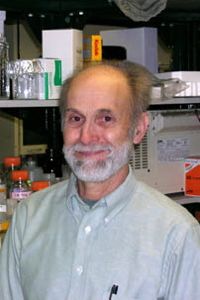 Dr. Robert Donaldson
Dr. Robert Donaldson
George Washington University
Prof. Robert P. Donaldson is a Professor of Biology at the George Washington University, and the Director of the GW Howard Hughes Medical Institute for Undergraduate Education in Computational Molecular Biology. His main research interest is the exploration of cellular processes, especially peroxisomes, subcellular compartments that house important functions for eukaryotic organisms such as yeasts, plants, and animals. In humans peroxisomes are responsible for the oxidation of certain dietary hydrocarbons and several human diseases result from genetic defects in peroxisomal function.
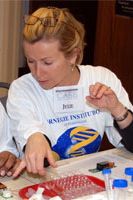 Dr. Julie Edmonds
Dr. Julie Edmonds
Carnegie Institution of Washington
Dr. Julie Edmonds is the Co-Director of the Carnegie Academy for Science Education at the Carnegie Institution of Washington. Her Ph.D. is in molecular marine biology, and after spending five years as a researcher in the biotechnology industry, she has concentrated on science education. She leads several education programs at the Academy, and is the education and public outreach lead for two NASA grants to Carnegie’s research laboratories: the MESSENGER mission to the planet Mercury and Carnegie’s NASA Astrobiology Institute team.
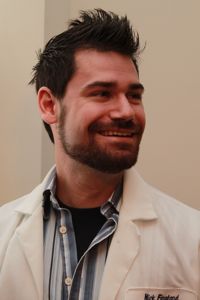 Nicholas Fingland
Nicholas Fingland
Georgetown University Medical Center
Nicholas Fingland is finishing his Ph.D. degree in biochemistry at the Georgetown University Medical Center, focusing on the effect of acidic phospholipids present in the E. coli membrane on DNA replication. Mr. Fingland has significant experience designing and implementing microgravity experiments: prior to his arrival at Georgetown, he worked at NASA Ames Research Center investigating the effects of microgravity on integrin signaling in mammalian cells. While finishing his Ph.D. dissertation, Mr. Fingland is also continuing his research in space biology by collaborating with researchers at the NASA Jet Propulsion Laboratory to conduct research on bacterial endospores, which will form the basis of his postdoctoral research.
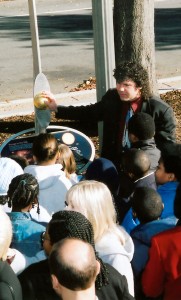 Dr. Jeff Goldstein
Dr. Jeff Goldstein
National Center for Earth and Space Science Education
Dr. Jeff Goldstein is the creator of SSEP, and its Program Director. He is also the Center Director for the National Center for Earth and Space Science Education (NCESSE). Jeff is a nationally recognized science educator, and planetary scientist, who has dedicated his career to the public understanding of science and the joys of learning. He oversaw the creation of the Center’s national science education initiatives, including the Voyage National Program. He led the inter-organizational team that permanently installed the Voyage model Solar System on the National Mall in Washington, DC. He is a blogger at the Huffington Post, and writes Blog on the Universe. His planetary science research includes the development of techniques for measuring global winds on other planets using large telescopes on Earth. His research has produced the first direct measurement of the global winds above the clouds on Venus, and the first measurement of the global winds on Mars.
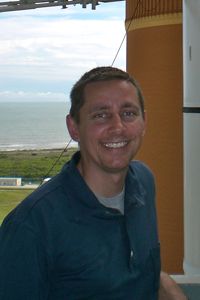 Michael Hulslander
Michael Hulslander
Smithsonian National Air and Space Museum
Michael is responsible for science education at the Smithsonian’s National Air and Space Museum. He also manages the How Things Fly gallery, Moving Beyond Earth gallery, the Public Observatory Project and the Explainers Program. How Things Fly teaches visitors about the science of flight. Moving Beyond Earth is an immersive exhibition placing visitors “in orbit” during the shuttle and space-station era. At the Public Observatory visitors explore craters on the Moon, spots on the Sun, the phases of Venus, and other wonders of the universe using a 16-inch telescope. The Explainers Program gives high school and college students the chance to work at the National Air and Space Museum. Michael has worked in museums and zoos for more than 25 years, researching, writing, presenting and evaluating science programs for school groups, families and the general public.
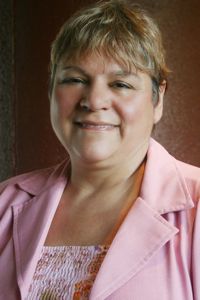 Dr. Rosemarie Hunziker
Dr. Rosemarie Hunziker
National Institutes of Health
Dr. Rosemarie Hunziker is the Program Director of the Division of Discovery Science and Technology in the National Institute of Biomedical Imaging and Bioengineering at the National Institutes of Health. Her current research concentrates on investigating technologies to develop functional cell, tissue, and organ substitutes to repair, replace, or enhance biological function either in vivo or in vitro. This multidisciplinary field draws upon and integrates advances in biomaterials, cell and developmental biology, physiology, high throughput assay development, imaging, computational modeling, bioreactor design, and novel engineering methods.
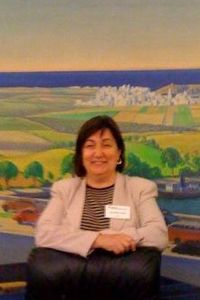 Maureen Kerr
Maureen Kerr
Smithsonian National Air and Space Museum
Maureen Kerr is the Chair of the Education Division at the Smithsonian National Air and Space Museum. In this position, Kerr oversees the education programs at the National Mall Building in Washington, DC and the Steven F. Udvar-Hazy Center in Chantilly, VA, as well as electronic outreach with national and international audiences. The Education Division provides direct programming to more than 600,000 participants, annually. Kerr received a Masters of Arts in science education from the University of New Mexico and a Bachelor of Arts in psychology from the University of Maryland.
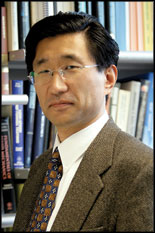 Dr. Jungho Kim
Dr. Jungho Kim
University of Maryland
Prof. Jungho Kim is a Professor of Mechanical Engineering at the University of Maryland. His research interests include phase change heat transfer process as applied to electronic cooling; investigation of fundamental heat transfer mechanisms in boiling and spray cooling in Earth and microgravity environments; and high temperature radiation absorbance measurements. Prof. Kim has extensive experience in microgravity research, including his role as the principal investigator of the Boiling eXperiment Facility – Microheater Array Boiling Experiment (BXF MABE) scheduled to fly on STS-133.
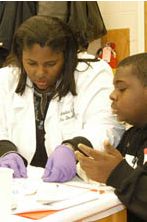 Marlena Jones
Marlena Jones
Carnegie Institution of Washington
Marlena Jones is the Coordinator of Programs at the Carnegie Academy for Science Education at the Carnegie Institution of Washington. Ms. Jones received her Master of Science degree in Cell and Molecular Biology from Catholic University. Her current science education focus is on DCBiotech, a program designed to provide Washington, D.C., high school teachers with rigorous content and practical background in biotechnology. Ms. Jones also has extensive experience in teaching laboratory science at the college and high school levels.
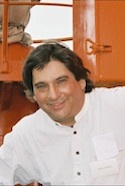 Ronald Jones
Ronald Jones
Boeing Phantom Works
Ronald Jones is a systems engineer for the Boeing Phantom Works organization in St. Louis, MO. He is a member of the small but prestigious Phantom Ray (X-45C) autonomous UAV rapid prototyping team, where he serves in the systems engineering and integration group as the project’s configuration and data management lead. Prior to joining Boeing, Mr. Jones worked for 12 years on various aspects of the Space Shuttle program for Rockwell International in Downey, CA and Martin Marietta Corporation at Vandenberg AFB, in CA. Mr. Jones will be supporting ITA as the deputy program manager for the minilabs on the CREST-DreamUp payload, and will be the ITA interface to NCESSE and NanoRacks on the SSEP program.
 Dr. Ruthan Lewis
Dr. Ruthan Lewis
NASA Exploration Science and Mission Directorate (ESMD)
Dr. Ruthan Lewis leads NASA’s Exploration Science and Mission Directorate’s (ESMD) Science and Utilization Integration efforts and the formulation and design team for unpressurized cargo carrier systems. As Co‐Chair of NASA’s Optimizing Science and Exploration Working Group, Dr. Lewis represents ESMD’s engineering and implementation perspective, working synchronously with engineers, scientists, and the user community to formulate NASA’s Exploration Architecture. Dr. Lewis has worked at NASA Headquarters, NASA Goddard Space Flight Center, and NASA Johnson Space Center and engaged in a wide range of human spaceflight research, development, mission operations, and future planning efforts.
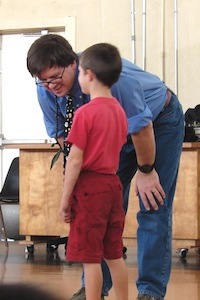 Dr. Tim Livengood
Dr. Tim Livengood
National Center for Earth and Space Science Education
Dr. Tim Livengood is a senior advisor to SSEP, and Senior Research Scientist at the National Center for Earth and Space Science Education, and works at NASA’s Goddard Space Flight Center. Tim is a presenter and team leader for the Center’s public and school programs and has visited hundreds of classrooms. Behind the scenes, he creates new hands-on activities, and writes clear explanations of the background science, for the Center’s grade K-12 compendia of lessons. Tim also leads workshops for teachers around the nation on the lessons. Tim’s scientific field is infrared spectroscopy of planetary atmospheres, to measure composition, temperature, and wind velocity. His research includes everything in the Solar System with a significant atmosphere. He is a co-investigator on the EPOCh investigation of NASA’s EPOXI mission, and is the education and public outreach team leader for EPOCh.
 Dr. Todd A. Miller
Dr. Todd A. Miller
George Washington University
Prof. Todd A. Miller is an Associate Professor in the Department of Exercise Science at the George Washington University. As a certified strength and conditioning specialist and a USA Level 1 weightlifting coach, Professor Miller brings a tremendous amount of field experience to his research into muscle physiology. His early focus on the influence of strength training on athletic performance evolved into an interest in how human beings respond to long-term space travel. To learn more, Dr. Miller has used animal models to investigate the deleterious effects of microgravity on physiology, and how those effects can be countered, and participated in an ongoing NASA project that included flying an experiment on the ill-fated Columbia shuttle in 2003.
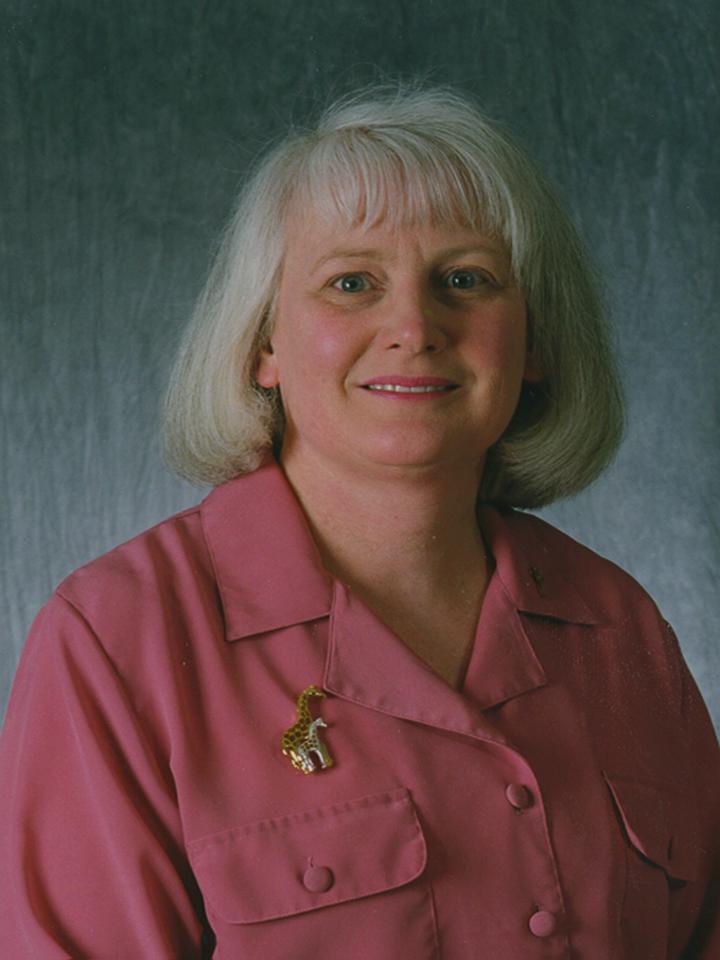 Dr. Janice Okita
Dr. Janice Okita
National Library of Medicine
Dr. Janice Rice Okita is currently a biomedical indexer with the National Library of Medicine. She has a Ph.D. in biochemistry from the University of Texas Health Science Center at Dallas. Her career in laboratory research covered topics such as the toxic effects of phthalate plasticizers and mechanisms involved in the induction of cytochrome P450 enzyme systems. Dr. Okita has held staff positions at the Medical College of Wisconsin, the College of Pharmacy at Washington State University, and the Food and Nutrition Board at the Institute of Medicine of the National Academies.
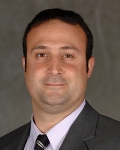 Dr. Alex Theos
Dr. Alex Theos
Georgetown University
Prof. Alex Theos is an Assistant Professor at the Department of Human Science in the School of Nursing And Health Studies at Georgetown University. His research interests include the role of protein complexes in the biogenesis of specialized organelles, focusing on the intracellular membrane trafficking pathways. Currently, his research is focused on understanding the cell biology of the gpNMB gene product, problems with which cause problems in mice, such as pigmentary glaucoma and bone defects.
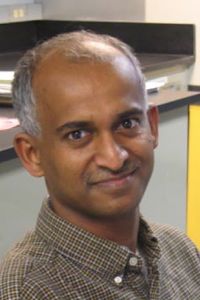 Dr. Hemayet Ullah
Dr. Hemayet Ullah
Howard University
Prof. Hemayet Ullah is an Assistant Professor at the Department of Biology in Howard University. His research interests are in the field of plant biology, especially plant cell signaling, environmental stress physiology, and plant molecular and cellular biology, with current emphasis on unraveling the signaling pathways of extracellular signals inside the cell.
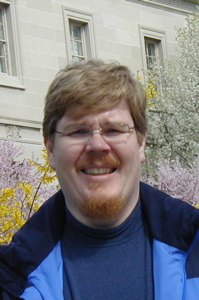 Dr. Harri Vanhala
Dr. Harri Vanhala
National Center for Earth and Space Science Education
Dr. Harri Vanhala is the Program Manager for SSEP, and a science researcher at the National Center for Earth and Space Science Education. His research focuses on the use of computer simulations to investigate the origin of the Solar System, and development of computer models to investigate the properties of present-day planets. His science education activities include leading multiple Journey through the Universe National Teams to under-served communities across the U.S., and managing the MESSENGER Educator Fellowship Program, a nationwide professional development initiative for educators in support of NASA’s MESSENGER mission to Mercury, and Family Science Night at the Smithsonian National Air and Space Museum.
